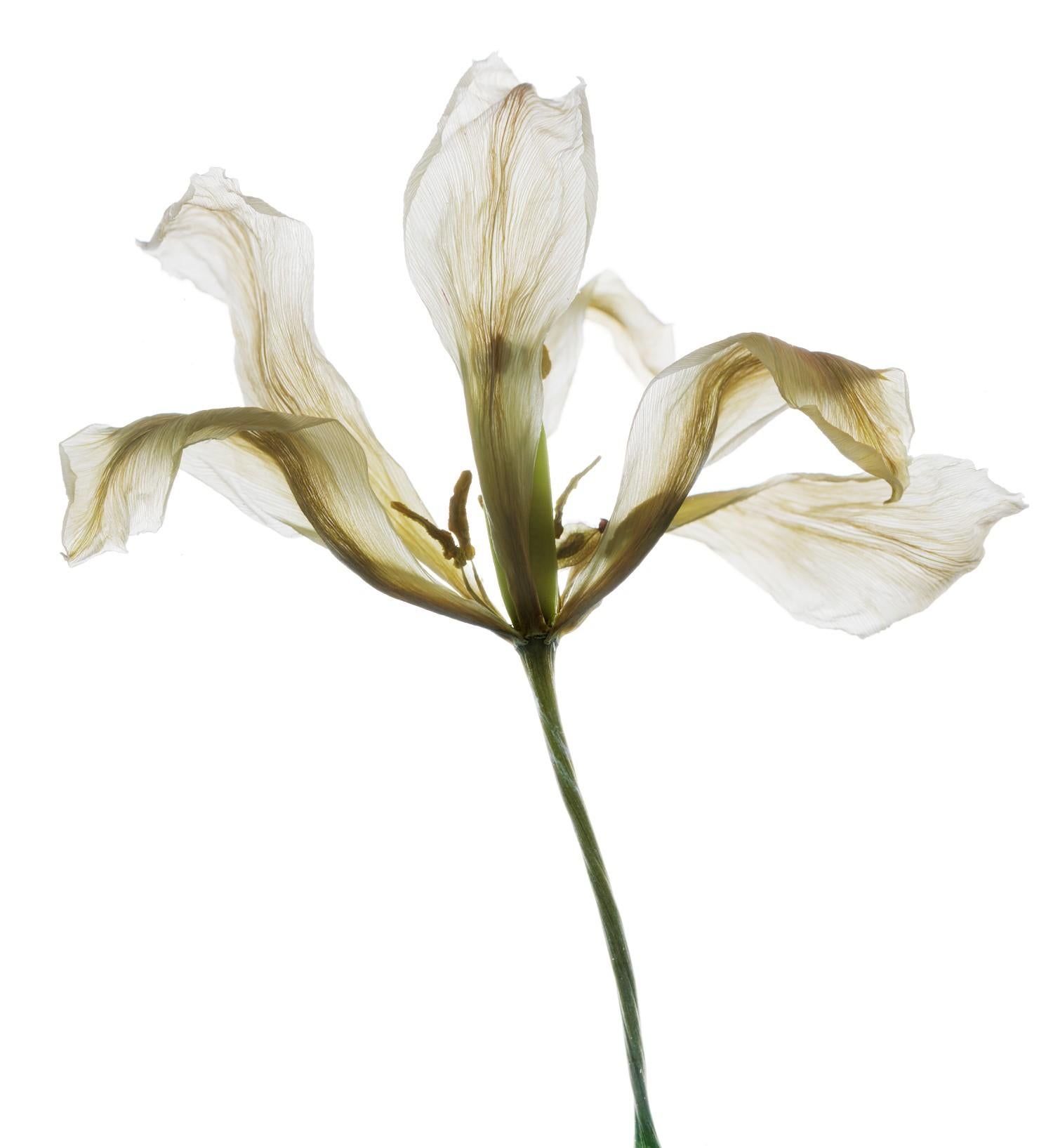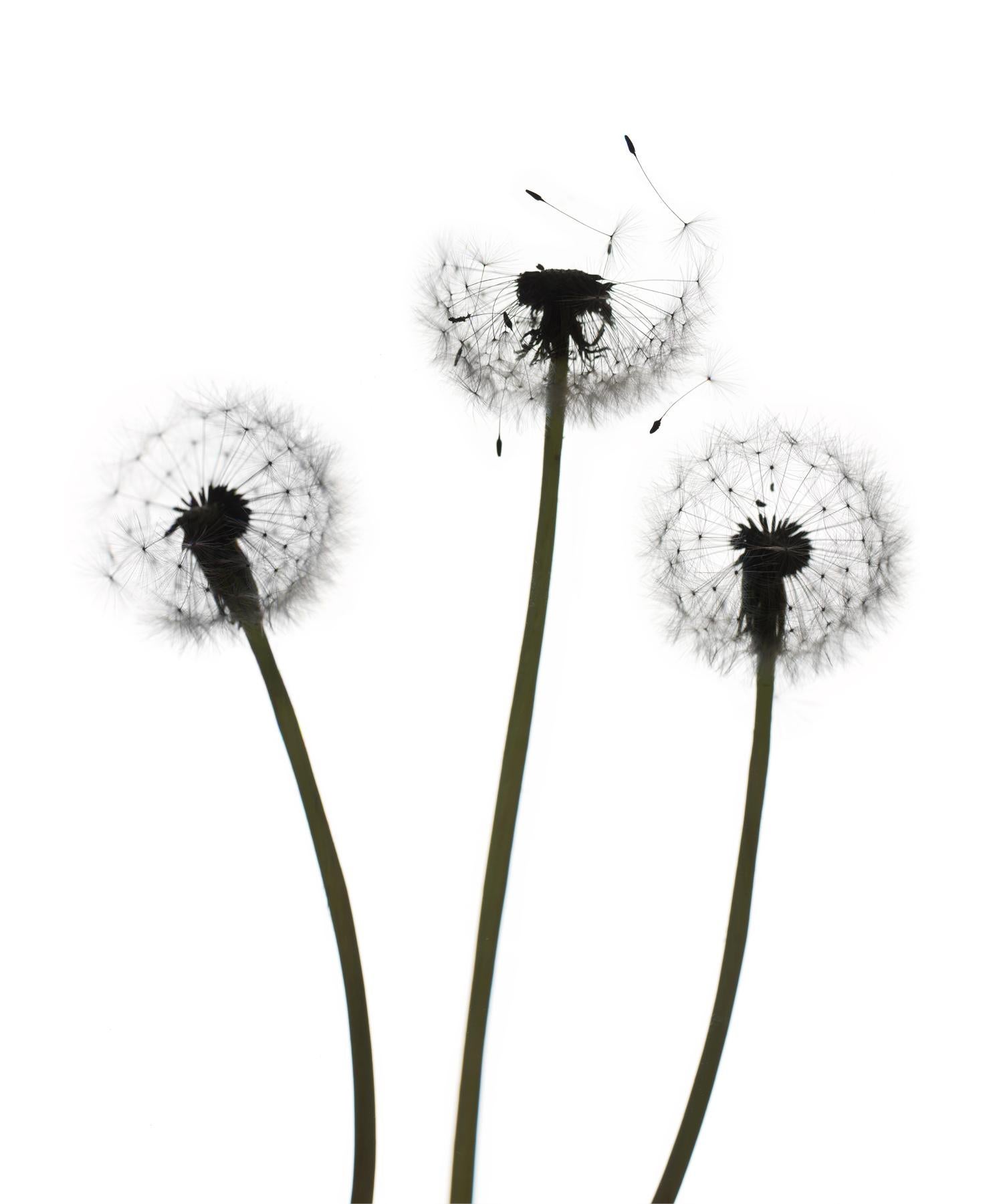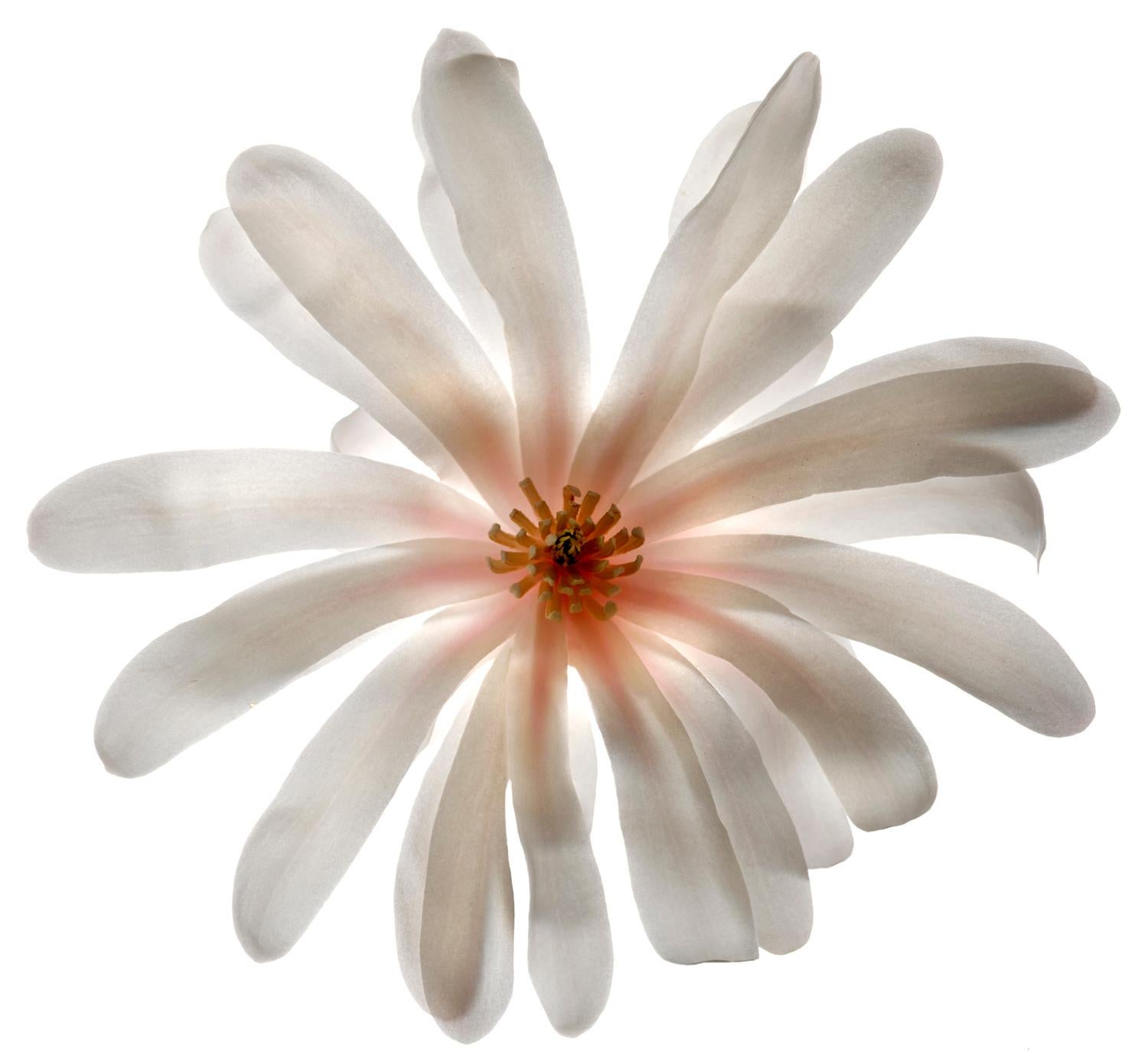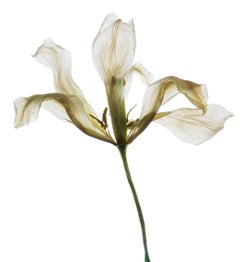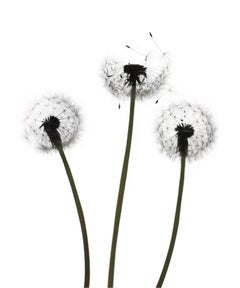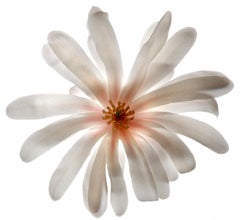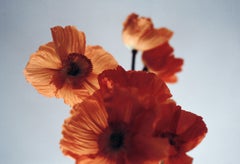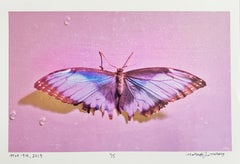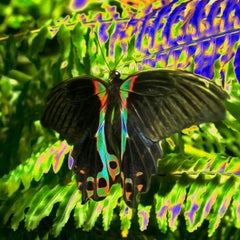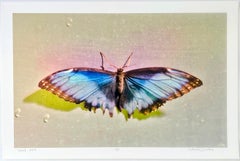Chad KleitschUntitled- Number 74: Still Life Photograph of White Flower & Pink Orange Center2008
2008
About the Item
- Creator:
- Creation Year:2008
- Dimensions:Height: 10 in (25.4 cm)Width: 10 in (25.4 cm)
- More Editions & Sizes:18 x 18 inches unframed (20 x 24 inch paper size)Price: $2,20030 x 30 inches (32 x 32 inch paper size) unframed & unmounted Price: $2,50040 x 40 inches (44 x 44 inch paper size) unframed & unmountedPrice: $4,50048 x 60 inches (48 x 60 inch paper size) unframed & unmountedPrice: $5,800
- Medium:
- Movement & Style:
- Period:
- Framing:Framing Options Available
- Condition:
- Gallery Location:Hudson, NY
- Reference Number:1stDibs: LU2274437681
Chad Kleitsch
Chad Kleitsch began using a scanner as a camera in 1997 while living at a Zen monastery and began a botanical series in 2001. Using the scanner as the camera, is a rediscovery of image-making. It's reminiscent of mirrors, in both process and aesthetics, the historic images of those first photograms and cyanotypes. Compare it with William Henry Fox Talbot’s 1840 photogram of a Byron poem or the cyanotypes of Anna Atkins. This photographic process has grown in use over the past decade and a half and has been dubbed “scanography”. It’s most prevalent use is in the recording of botanical objects, which to him is not surprising. For some primordial reason when a new image-making process or technique is created they innocently throw nature onto its surface, as some kind of ongoing test. Perhaps looking to see if it can match their perceptual abilities and/or move beyond it. Scanography, to his estimation, has come the closest to fulfilling the goal. To create these images, Kleitsch uses the digital flatbed scanner as a camera and treat the objects as if they were film. In some images (the white background) the object is backlit during the scanning process just as a sheet of film or a slide would be. What results is a translucent image of the object. Something similar to the experience of viewing stain glass windows. To articulate the detail, character and topography of each subject, Rather than a still life or photographic documentation, through this process, are transformed into portraits. In a sense, it depicts their humanity. Many years ago, Kleitsch lived near a very large garden. Kleitsch would see them all in their unique stages of life. They were always open, innocent and beautiful.
- ShippingRetrieving quote...Shipping from: Hudson, NY
- Return Policy
More From This Seller
View All2010s Modern Still-life Photography
Archival Paper, Archival Ink
2010s Modern Still-life Photography
Archival Paper, Archival Ink
2010s Modern Still-life Photography
Archival Paper, Archival Ink
2010s Modern Still-life Photography
Archival Paper, Archival Ink
2010s Modern Still-life Photography
Archival Paper, Archival Ink
2010s Modern Still-life Photography
Archival Paper, Archival Ink
You May Also Like
21st Century and Contemporary Contemporary Color Photography
Film, Photographic Film, Archival Ink, Archival Paper, Giclée
2010s Contemporary Color Photography
Archival Ink, Archival Paper, Digital, Archival Pigment, Digital Pigment
2010s Contemporary Color Photography
Archival Ink, Archival Paper, Digital, Archival Pigment, Digital Pigment
2010s Contemporary Color Photography
Rag Paper, Archival Ink, Archival Paper, Digital, Archival Pigment, Digi...
2010s Contemporary Color Photography
Archival Paper, Archival Ink, Digital, Archival Pigment, Digital Pigment
2010s Contemporary Color Photography
Archival Paper, Archival Ink, Digital, Archival Pigment, Digital Pigment
